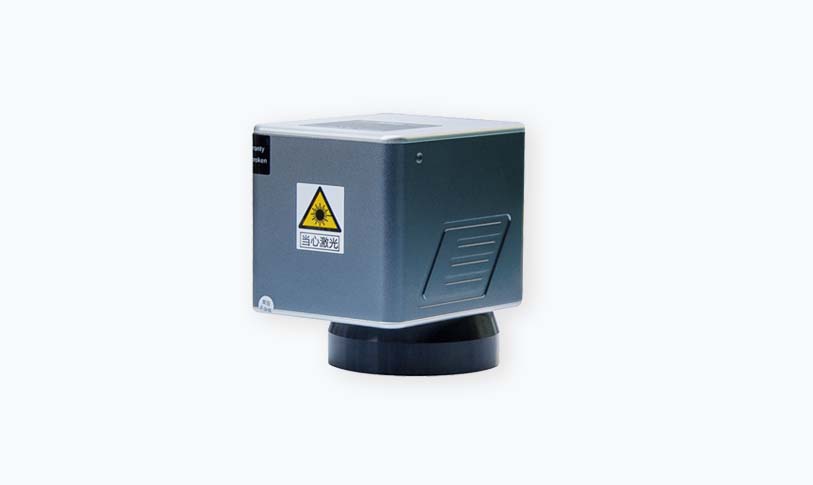[2000 watt laser]The Evolution of 2000-Watt Lasers: Advancements, Applications, and Challenges
News 2025-4-21
In today’s technology-driven world, the 2000-watt laser has become a pivotal tool in various industries, revolutionizing manufacturing, medicine, and more. This powerful tool has undergone significant advancements in recent years, resulting in increased efficiency, precision, and reliability.
Advancements in 2000-Watt Lasers

The Evolution of 2000-Watt Lasers: Advancements, Applications, and Challenges
One of the most significant advancements in 2000-watt lasers is the introduction of high-power fiber lasers. These lasers combine the efficiency of fiber optic technology with the power of high-wattage lasers, resulting in a versatile and reliable tool that can be used in various applications.
Applications of 2000-Watt Lasers

The Evolution of 2000-Watt Lasers: Advancements, Applications, and Challenges
In the medical field, the 2000-watt laser is used for surgical procedures, including eye surgery and skin treatments. It offers precise cutting and can be used to remove tissue or perform other surgical procedures with minimal damage to surrounding tissue.

The Evolution of 2000-Watt Lasers: Advancements, Applications, and Challenges
Despite the numerous advancements and applications of the 2000-watt laser, there are still challenges that need to be addressed. One of the main challenges is the high cost of these lasers, which limits their use in certain industries and applications. Additionally, the maintenance cost of these lasers is also high, which can be a barrier for some organizations.
Another challenge is the safety concerns associated with high-power lasers. These lasers can cause serious eye and skin damage if not used properly. Therefore, it is essential to have proper safety measures in place when using these lasers to ensure the safety of personnel.
Overall, the 2000-watt laser has revolutionized various industries and has numerous applications across different fields. With continued advancements in technology, it is expected that these lasers will become more affordable, safer, and more efficient in the future. However, there are still challenges that need to be addressed to ensure their widespread use and continued evolution.